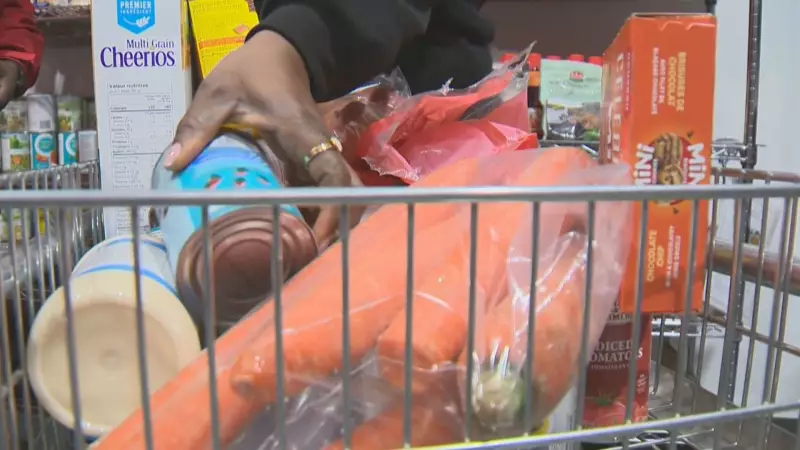
Canadian households are facing mounting financial pressure as grocery bills continue their relentless upward trajectory, creating what experts are calling a national affordability crisis. The latest data reveals that food inflation remains stubbornly high, forcing families to make difficult choices at the checkout counter.
The Numbers Tell a Troubling Story
Recent statistics show that while overall inflation has moderated somewhat, food prices continue to outpace other consumer goods. Staple items that form the backbone of family meals have seen particularly sharp increases, with essentials like meat, dairy, and fresh produce becoming significantly more expensive.
"It's a huge concern for many households," explains Sylvain Charlebois, director of the Agri-Food Analytics Lab at Dalhousie University. "When basic necessities become increasingly unaffordable, it creates ripple effects throughout our society and economy."
Which Food Categories Are Hit Hardest?
The price surge isn't affecting all food categories equally. Consumers are noticing particularly steep increases in:
- Protein sources including meat, poultry, and fish
- Dairy products and alternatives
- Fresh fruits and vegetables
- Bakery items and pantry staples
These essential food groups are experiencing price growth that far exceeds the general inflation rate, putting additional strain on household budgets already stretched thin by rising housing and energy costs.
What's Driving the Continuous Increase?
Multiple factors are contributing to the sustained rise in food costs. Climate-related disruptions to agricultural production, ongoing supply chain challenges, higher transportation expenses, and increased production costs have all converged to create what one analyst called a "perfect storm" for food inflation.
Additionally, global market conditions and geopolitical tensions continue to influence commodity prices, affecting everything from wheat to cooking oils.
The Human Impact: Families Adapting to New Realities
Across Canadian communities, the response to rising food costs has been both creative and concerning. Many households report:
- Switching to less expensive alternative products
- Reducing purchases of fresh produce in favor of frozen or canned options
- Increasing reliance on discount retailers and bulk purchases
- Modifying meal planning and reducing food waste
Food bank usage has seen a corresponding increase as more Canadians struggle to balance their nutritional needs with financial constraints.
Is Relief on the Horizon?
While some experts predict a gradual moderation in food price increases throughout the year, most agree that significant relief remains distant. The complex interplay of global and domestic factors means that elevated food costs will likely remain a challenge for the foreseeable future.
"We're not expecting a dramatic drop in food prices," cautions one economic analyst. "The best-case scenario is a gradual slowing of the rate of increase, but consumers should prepare for grocery bills to remain elevated."
As Canadians navigate this ongoing challenge, the conversation continues around potential solutions, from enhanced support programs to strategies for strengthening domestic food security in an increasingly volatile global market.





